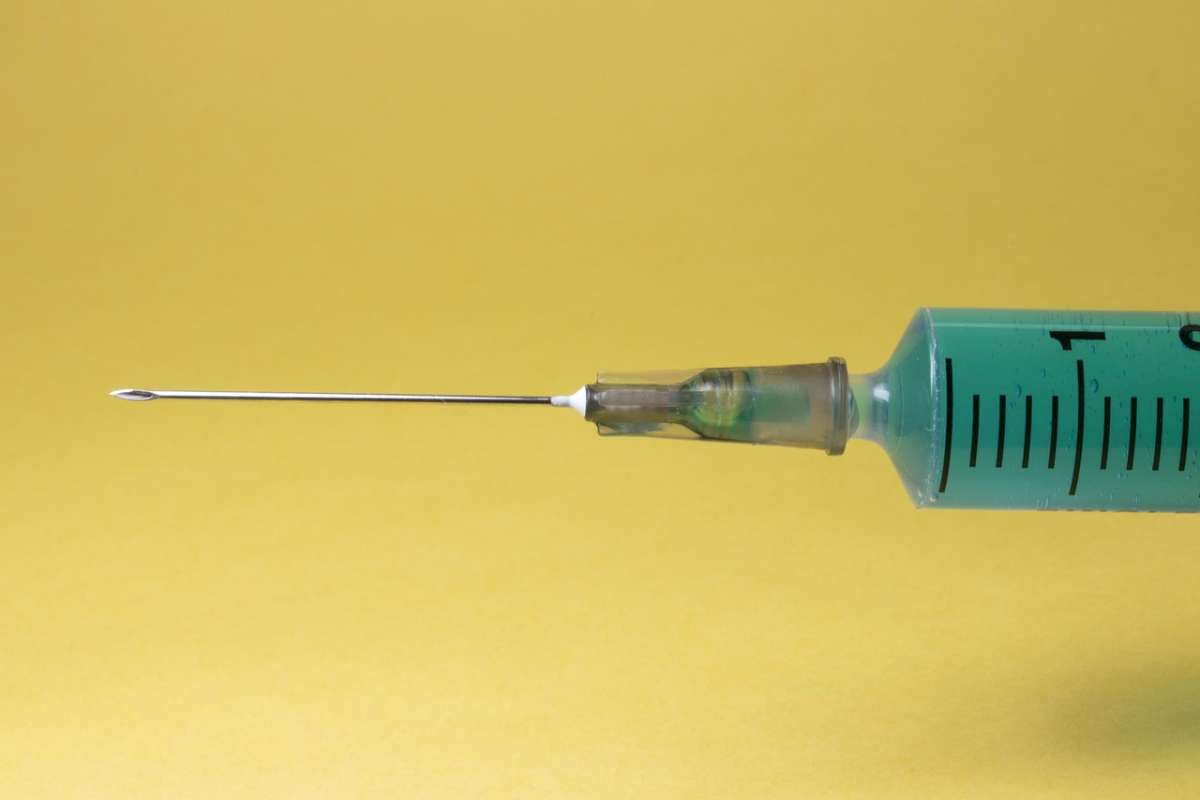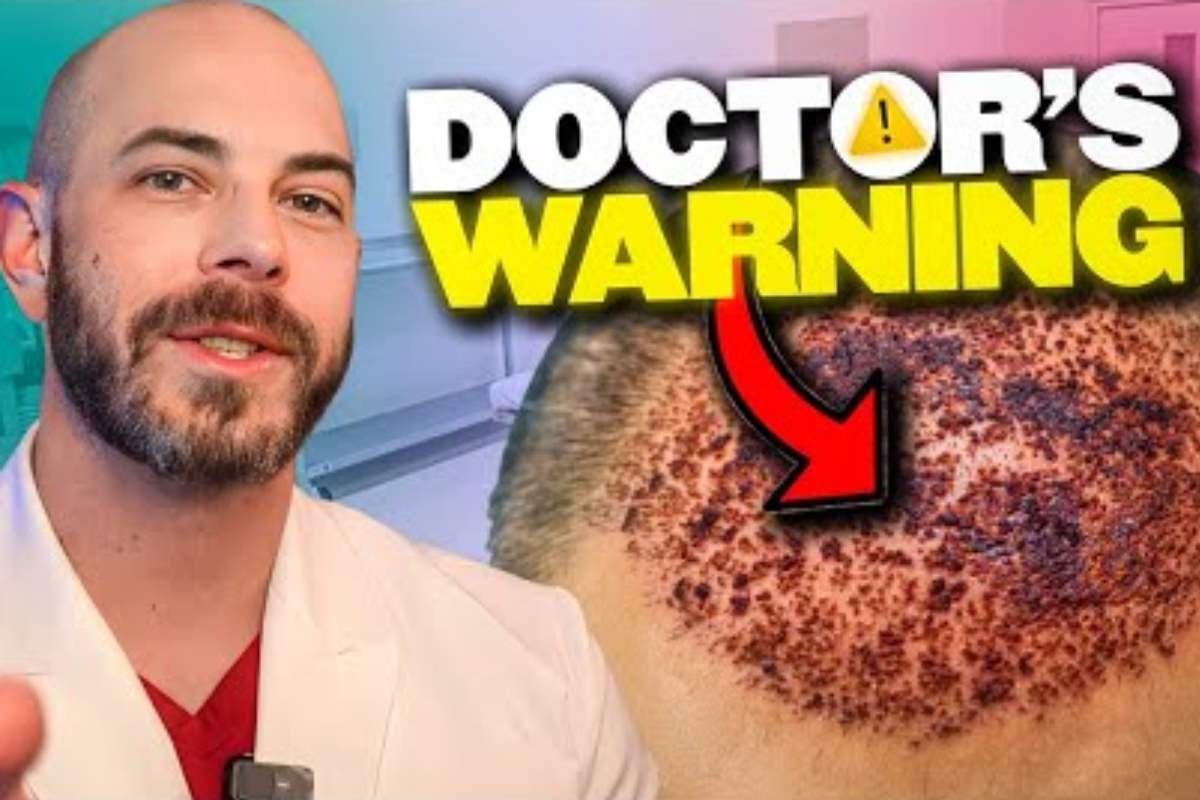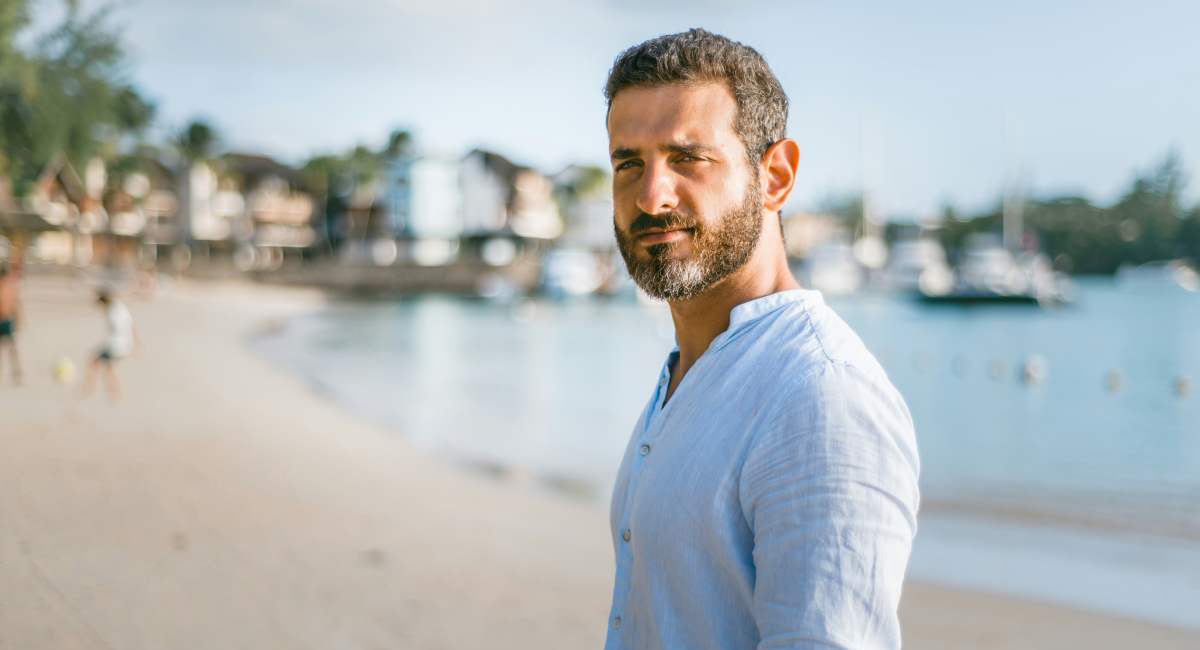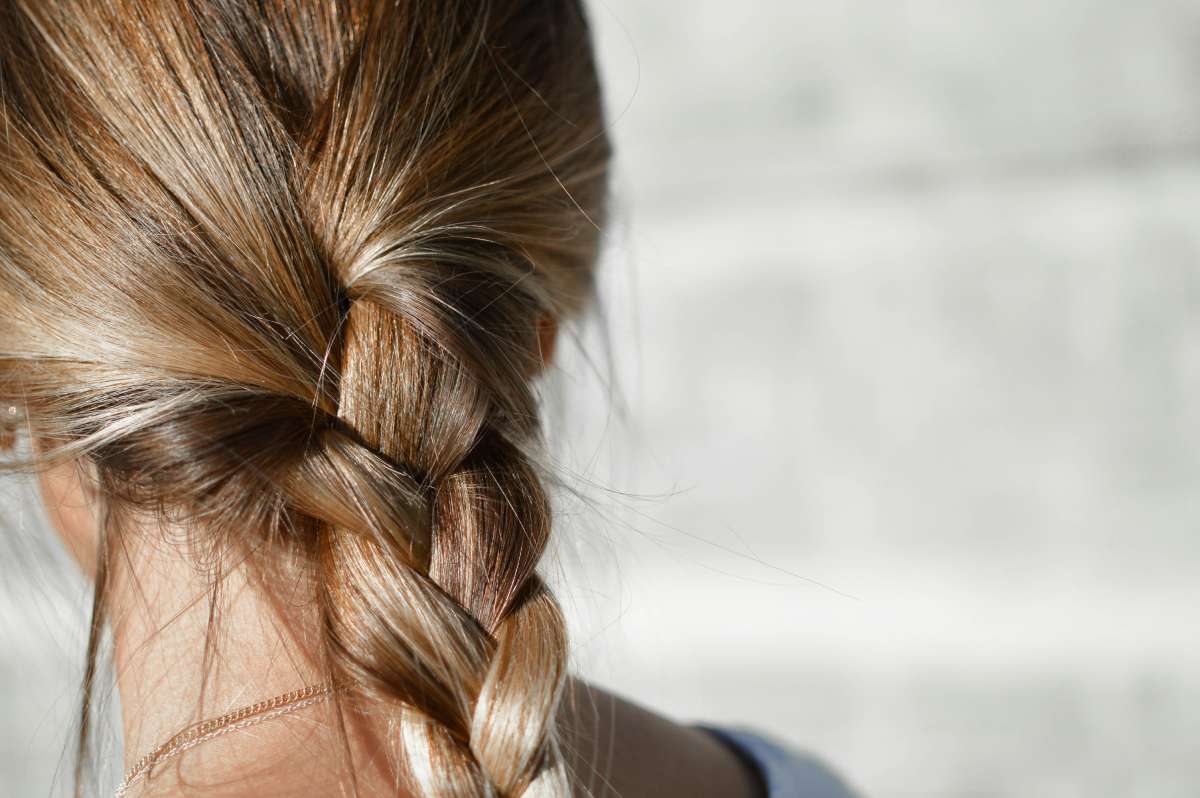Nothing’s easy about cancer or undergoing chemotherapy. However, as cancer-related research and technology advances, so do remedies developed to combat chemotherapy’s many side effects. One of these most dreaded side effects includes hair loss.
For both men and women, hair loss is one of the most challenging aspects of chemotherapy. Some people report having a harder time coping with hair loss than by losing a body part to cancer or even receiving the cancer diagnosis itself.
This may sound surprising to some. But, just think how hair can define a person’s look, personality, and uniqueness. For women, hair is often a treasured feature of femininity.
Also, hair loss is a difficult-to-hide reminder of a cancer diagnosis.
Thankfully, research has discovered promising new ways to combat chemo-related hair loss. One of these techniques includes something called scalp hypothermia, which is more commonly called scalp cooling therapy, scalp cooling systems, or cold caps.
So, what is scalp cooling therapy, how does it help people keep their hair during chemotherapy, and is it the right treatment for you?
What is Scalp Cooling Therapy?
Essentially, scalp cooling therapy drastically chills the scalp with a specially designed ice pack or cap before, during, and after every chemotherapy treatment. The helmet-like gear is chilled to between -15 to -45 degrees Fahrenheit and then tightly strapped to the patient’s head.
Today, there are two popular versions of scalp cooling therapy: cold caps and the scalp cooling system. Both systems usually consist of two layers: an inner layer which contains the coolant and an outer layer which straps everything into place.
Cold caps represent the first generation of scalp hypothermia technology. Similar to fancy ice packs, cold caps are placed in a special freezer until they’re ready-for-use. They’re then placed on the patient’s head and intermittently replaced as the coolant begins to thaw out.
In the past few years, newer scalp hypothermia systems, called scalp cooling systems, have been approved by the FDA. Unlike the cold caps which must be continuously replaced, scalp cooling systems are hooked directly up to a refrigeration system which precisely monitors the temperature. This technology removes the hassle of changing the cap. It also ensures that the scalp remains adequately cooled.
Studies show that scalp hypothermia therapies have quite positive results. Though the outcomes can vary depending on the individual’s specific chemotherapy treatment, scalp cooling therapies have been found to be effective in 50–65% of patients.
How Does Scalp Cooling Therapy Work?
Before getting into the science of scalp cooling therapy, it’s important to understand the basics of how chemotherapy works.
All chemotherapy treatments are formulated to kill cancer cells. But in the process of destroying bad cells, chemo drugs will unintentionally kill perfectly healthy ones—including those within the hair follicles. Chemotherapy preferentially attacks rapidly dividing cells in tumors, but hair follicles that are in anagen (growth) phase are also rapidly dividing. Since 90% of our hairs are in anagen phase, patients will often see clumps of hair fall out at once of nearly all of the scalp and body hair. This is called anagen effluvium. Unlike telogen effluvium, or stress-induced shedding, that effects the telogen (resting) hairs which account for only 10% of your hair.
With cold caps and scalp cooling therapies, the frigid temperatures cause blood vessels to constrict and the scalp’s blood flow is minimized. This reduces the amount of chemo medication that physically reaches the scalp which means less chemo medications enter the hair follicles to affect cellular growth. With fewer destructive drugs impacting hair growth, patients often experience less hair loss, or even no hair loss at all.
For optimal results, patients usually wear the caps for about 30 minutes before their chemotherapy treatment, during the entirety of the treatment itself, and for 90 minutes to two hours after. These times can vary from patient to patient, so always talk to your doctor for specific instructions.
Is Scalp Cooling Therapy Right for Me?
If you’re about to undergo chemotherapy and want to decrease your chances of hair loss, scalp cooling therapy can be a great solution. However, like anything, there are things to consider before choosing any kind of medical treatment.
First off, scalp cooling therapy can be expensive. Both scalp cooling systems and cold caps often aren’t covered by insurance, so paying out-of-pocket is common. As this can often run about $400 per treatment, the price can quickly add up.
Also, there are side effects to consider, though they are minimal. Obviously, scalp cooling therapy is incredibly cold and for some patients it is intolerable. Those who despise feeling the freeze might want to avoid this treatment, or at least prepare to bundle up. Also, low temperatures can occasionally induce headaches.
Lastly, some experts are slightly wary about the therapy preventing the chemotherapy drugs from fully penetrating the body and decreasing the chemo’s effectiveness. Although there’s little to no evidence to back up this theory, oncologists want patients to know as much information as possible before making a decision.
If you think scalp cooling therapy is right for you, talk to your oncologist about your options.







